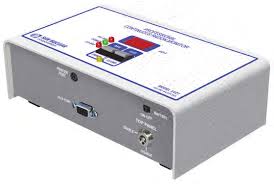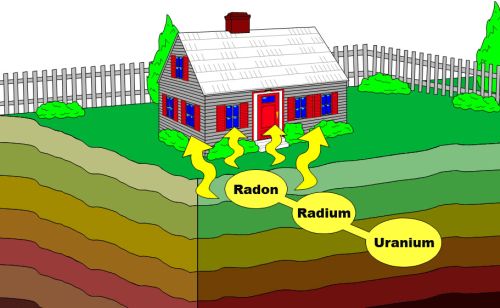WHY RADON TESTING?
We recommend Radon testing be done because you cannot see, smell, or taste radon. But it still may be a problem in your home. When you breathe air containing radon, you increase your risk of getting lung cancer. In fact, the Surgeon General of the United States has warned that radon is the second leading cause of lung cancer in the United States today.

Pro-Check Home Inspections uses only professional grade equipment to perform regular, routine inspections, for example, the Sun Nuclear Radon Testing Monitor.
WHAT IS RADON?
Radon is a naturally occurring radioactive gas. It is produced in the ground through the normal decay of uranium and radium. Uranium decays to radium, which then decays to radon. Radon testing is the only way to know if levels in your home are high. Millions of homes have elevated radon levels. Radon can be a problem in all types of homes, old homes, new homes, drafty homes or homes without basements. The EPA and the Surgeon General recommend testing all homes below the third floor for radon.
Radon levels vary from home to home, you cannot gauge the radon level in your home by the results in a neighbor’s home. Although some scientists dispute the precise number of deaths due to radon, all major health organizations, including the Centers for Disease Control, the American Lung Association, and the American Medical Association agree with estimates that radon causes thousands of preventable lung cancer deaths every year.
WHY IS RADON DANGEROUS?
Radon itself is an inert gas & poses no danger, but radon decays to polonium & lead particles. These and later progeny are chemically very active as well as radioactive. When you breathe, these radioactive progeny lodge in your lungs, bronchi, and trachea. The radiation disrupts and mutates cells and can, eventually, result in lung cancer.
Radon is estimated to be the second leading cause of lung cancer in the United States. Its health risk increases with the length of exposure and concentration level of the radon. It is estimated that 15,800 people die each year as a direct result of Radon exposure, that is 43 people every single day.

